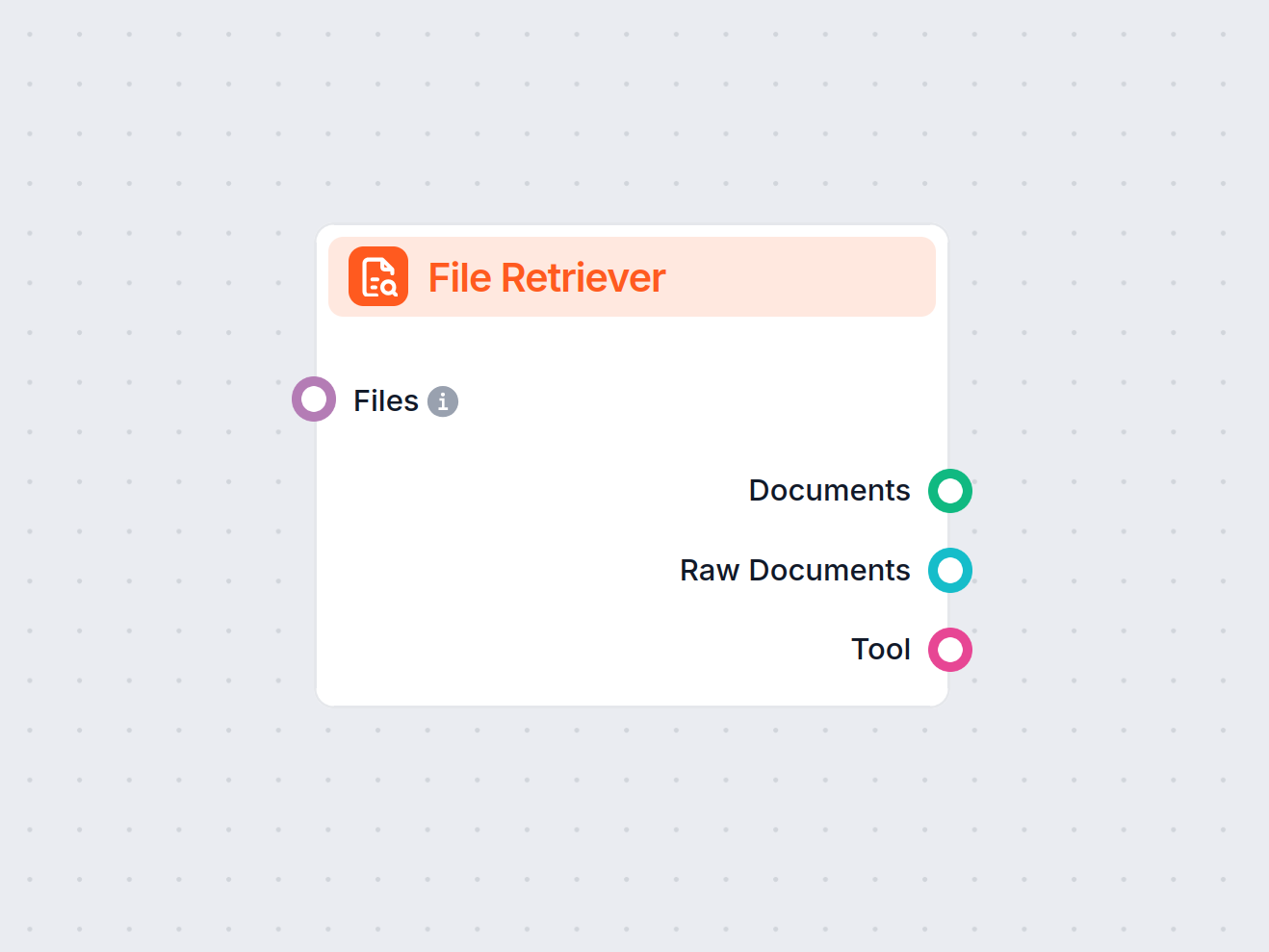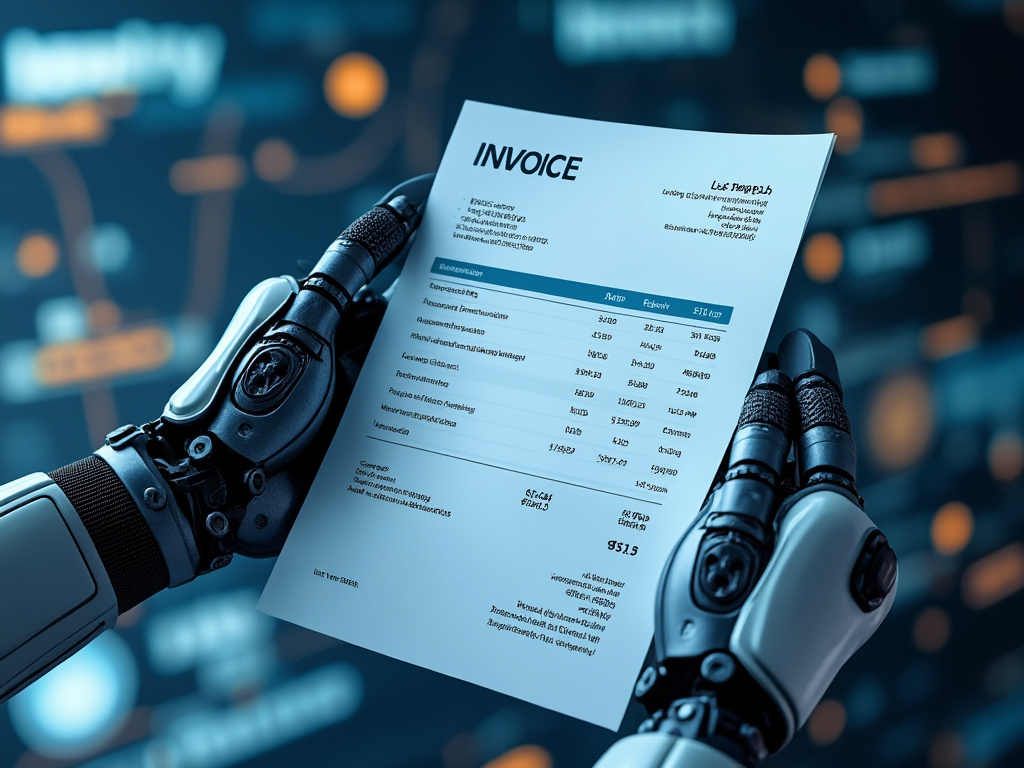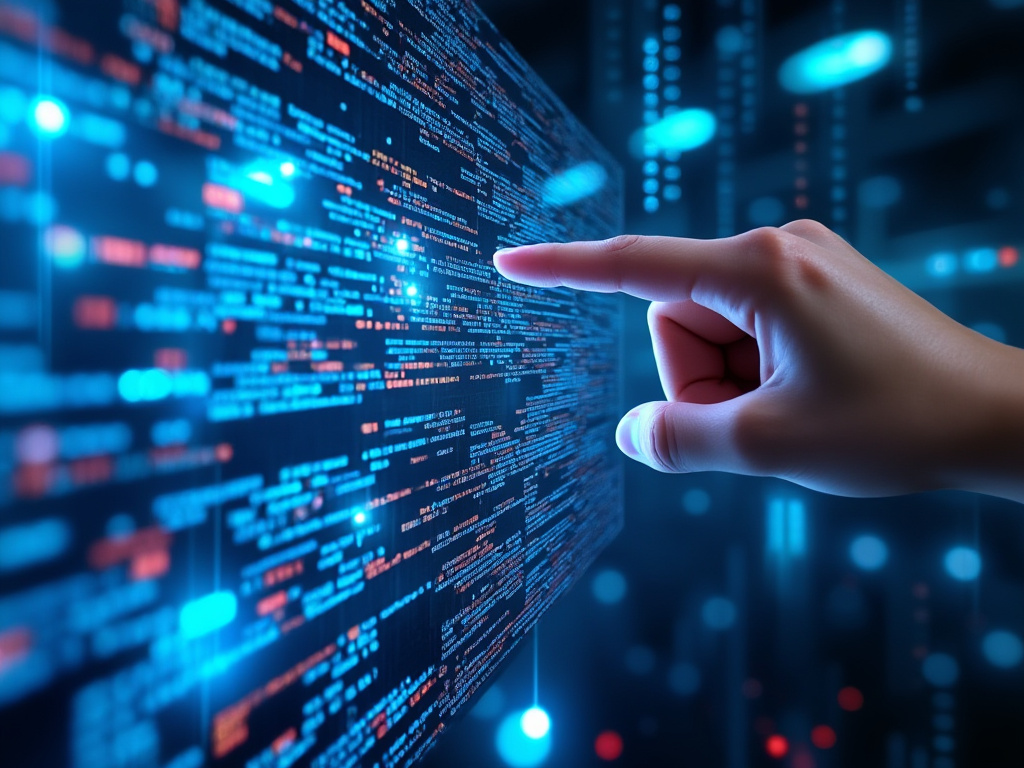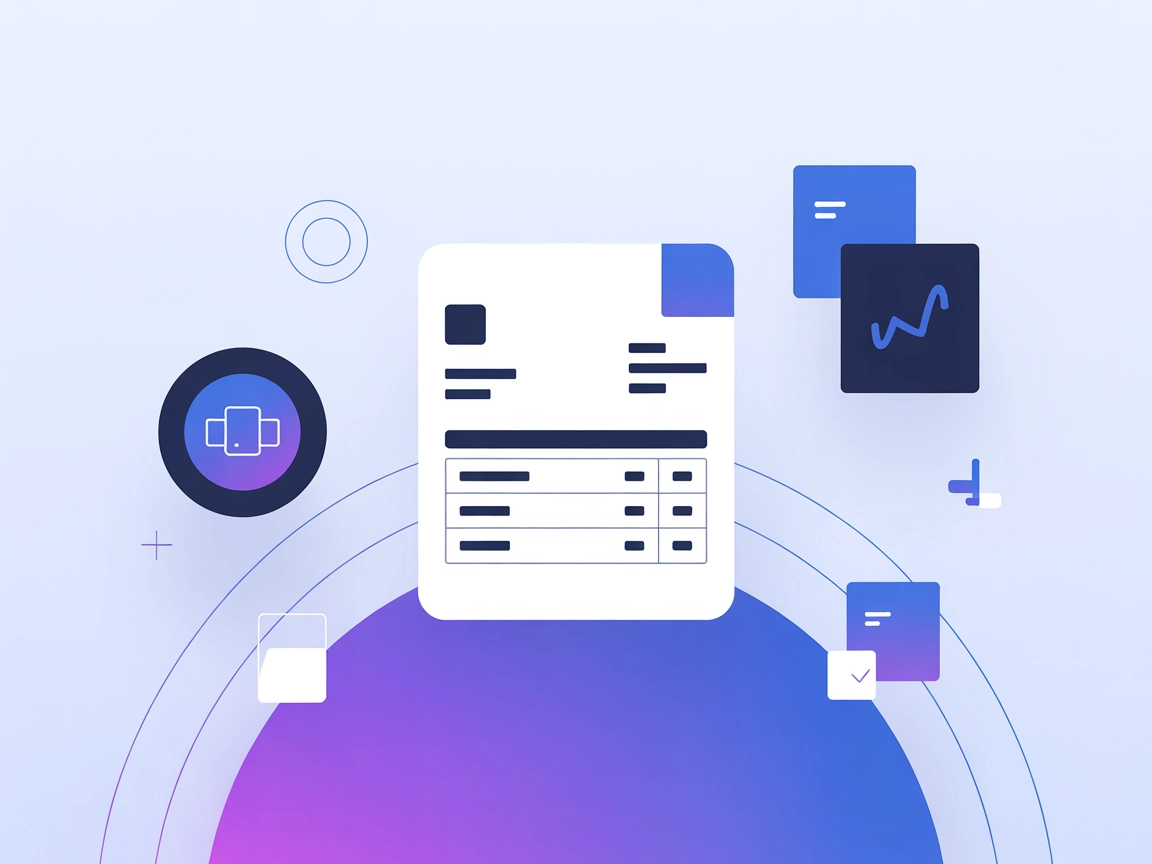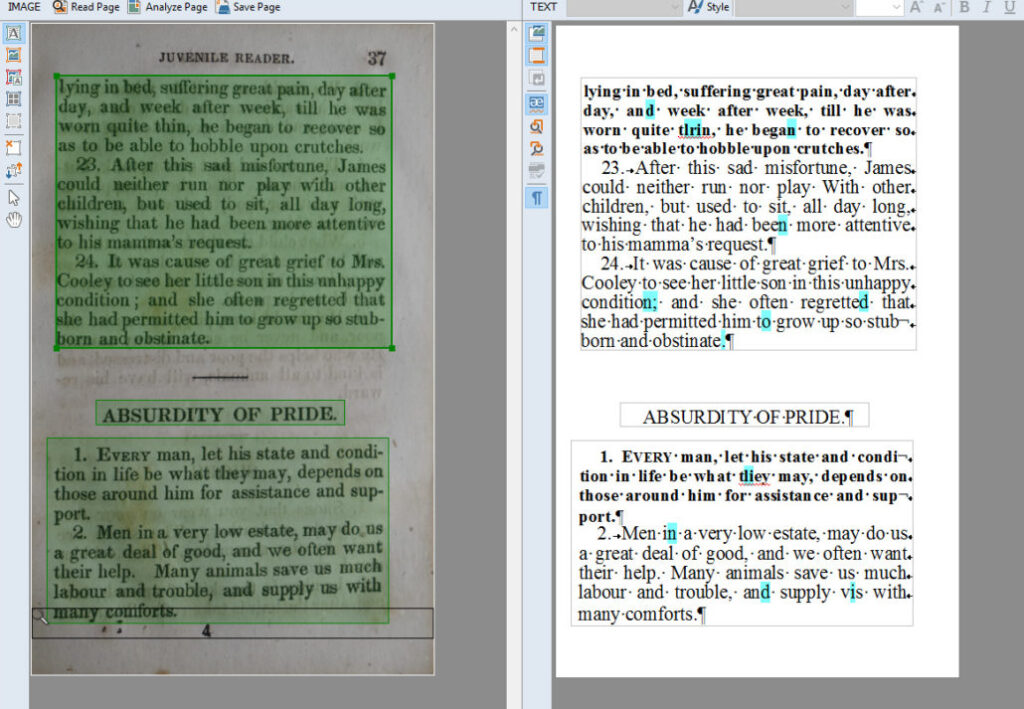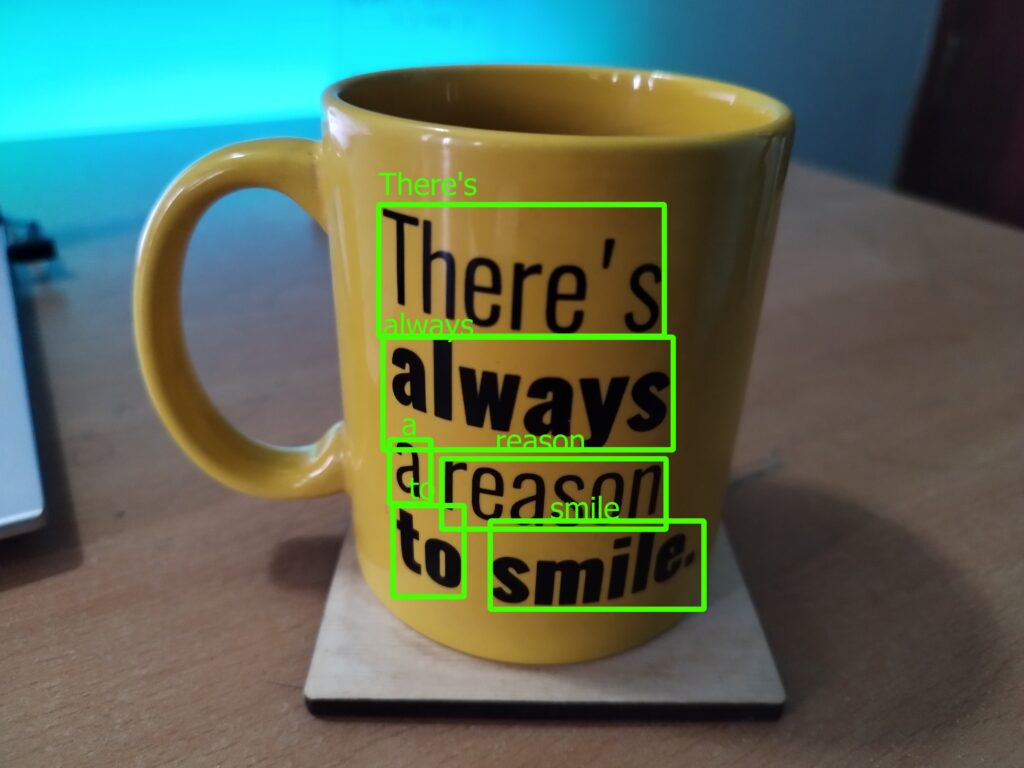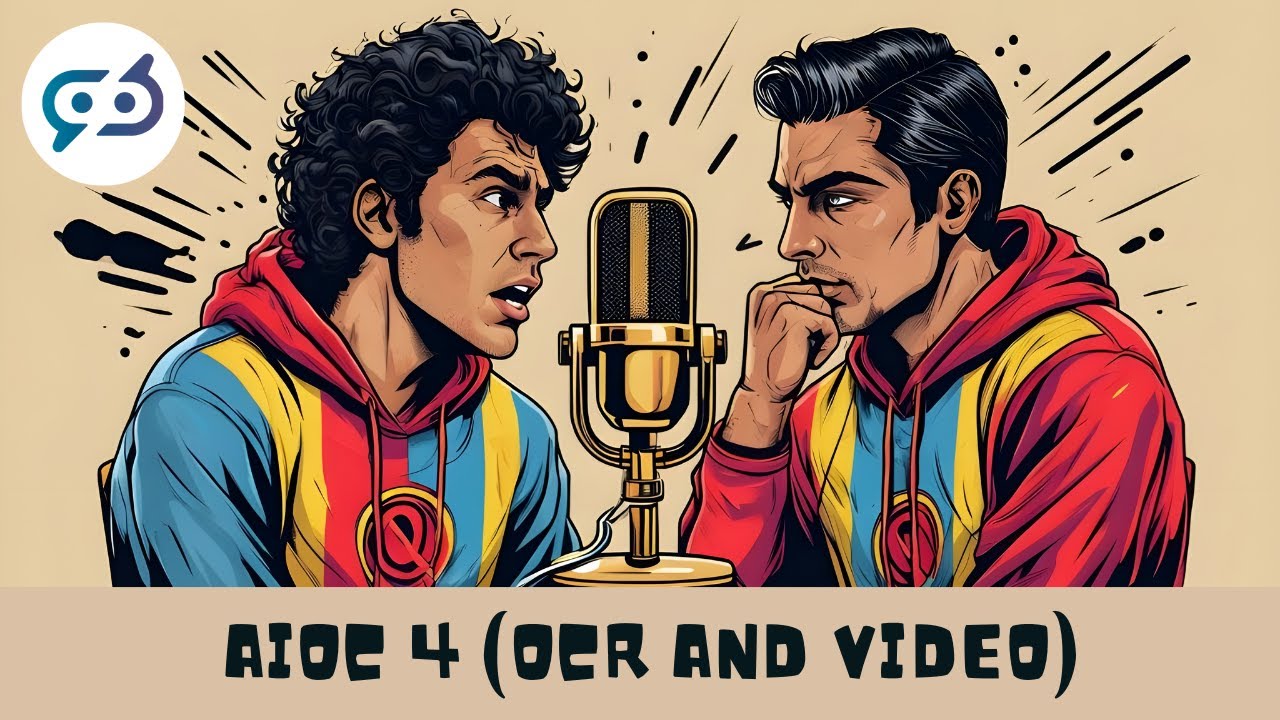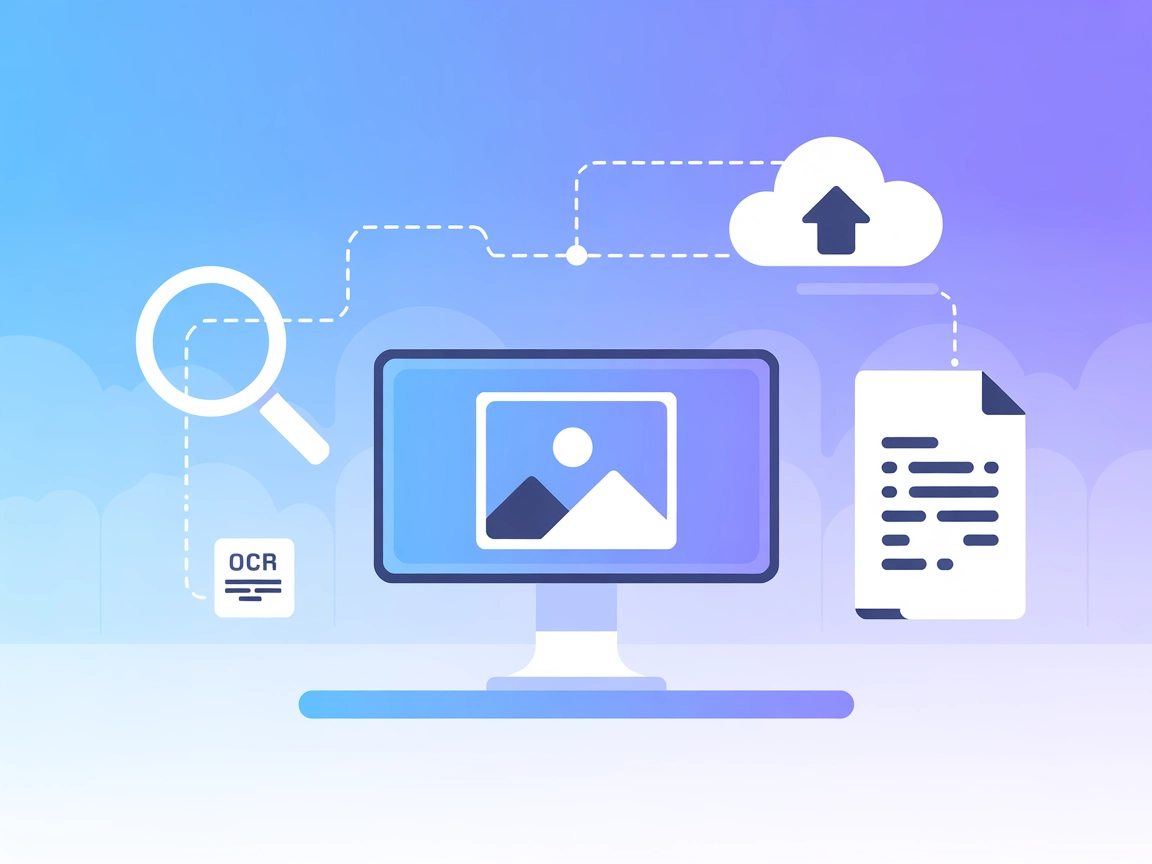
Gyazo MCP Server Integration
The Gyazo MCP Server bridges AI assistants and Gyazo image hosting, enabling automated searching, fetching, uploading, and managing of images and metadata throu...
The Gyazo MCP Server bridges AI assistants and Gyazo image hosting, enabling automated searching, fetching, uploading, and managing of images and metadata throu...
The File Retriever component in FlowHunt lets you bring files into your workflow and convert them into documents for further processing. It supports strategies ...
Discover how FlowHunt's 'Question Answering from Image' uses OCR and visual recognition to interpret images and provide accurate answers to visual or text queri...
Discover a scalable Python solution for invoice data extraction using AI-based OCR. Learn how to convert PDFs, upload images to FlowHunt’s API, and retrieve str...
Discover how AI-powered data extraction automates and streamlines data processing, reduces errors, and enhances business efficiency. Explore top models, extract...
Intelligent Document Processing (IDP) is an advanced technology leveraging AI to automate extraction, processing, and analysis of data from various documents. I...
Discover how an Invoice Data Extractor OCR Flow can streamline your financial processes by automating the extraction and organization of invoice data. Learn abo...
Artificial Intelligence (AI) in legal document review represents a significant shift in how legal professionals handle the overwhelming volume of documents inhe...
Optical Character Recognition (OCR) is a transformative technology that converts documents such as scanned papers, PDFs, or images into editable and searchable ...
Pattern recognition is a computational process for identifying patterns and regularities in data, crucial in fields like AI, computer science, psychology, and d...
Scene Text Recognition (STR) is a specialized branch of Optical Character Recognition (OCR) focused on identifying and interpreting text within images captured ...
Discover how AI-powered OCR is transforming data extraction, automating document processing, and driving efficiency in industries like finance, healthcare, and ...
